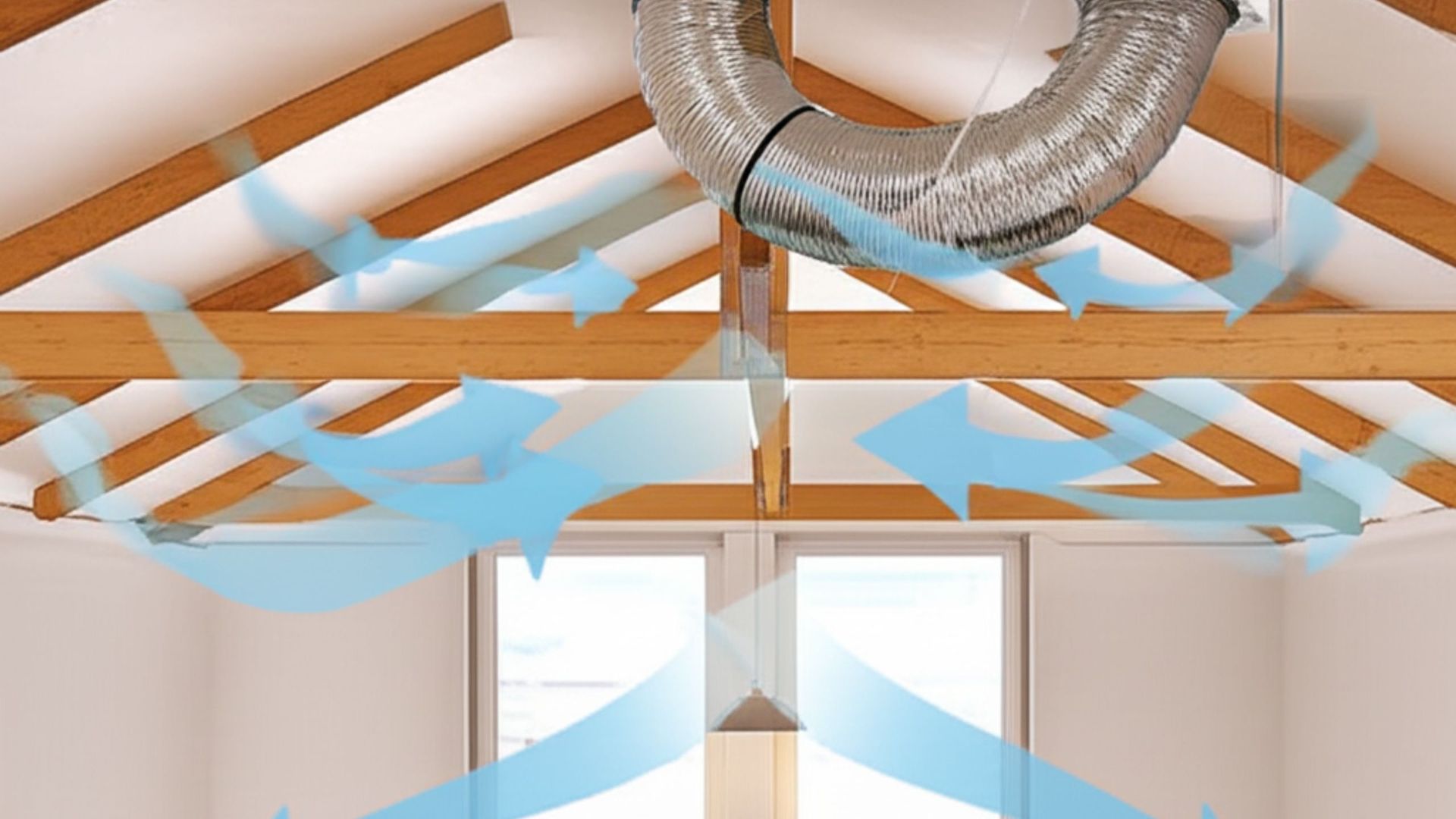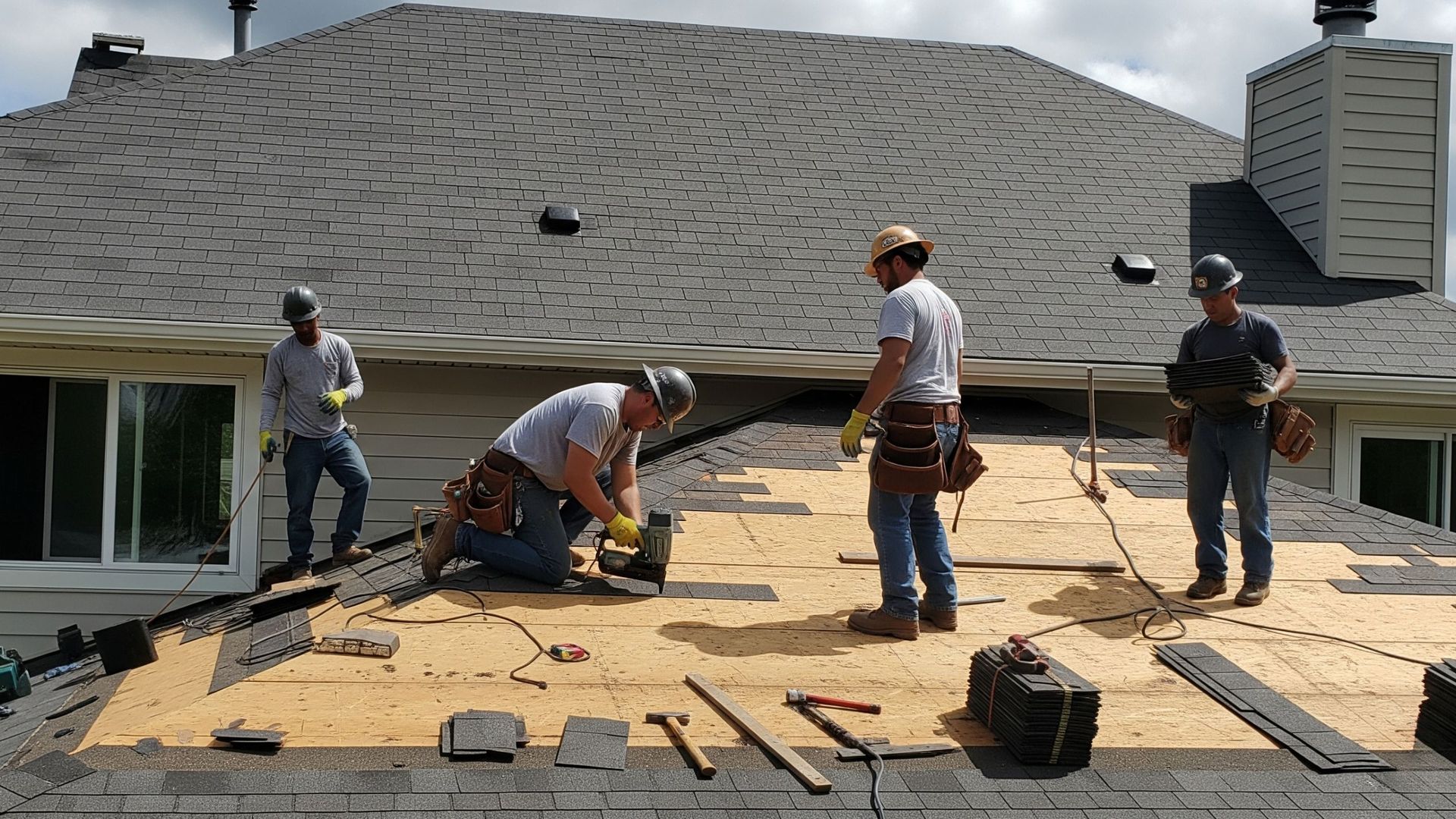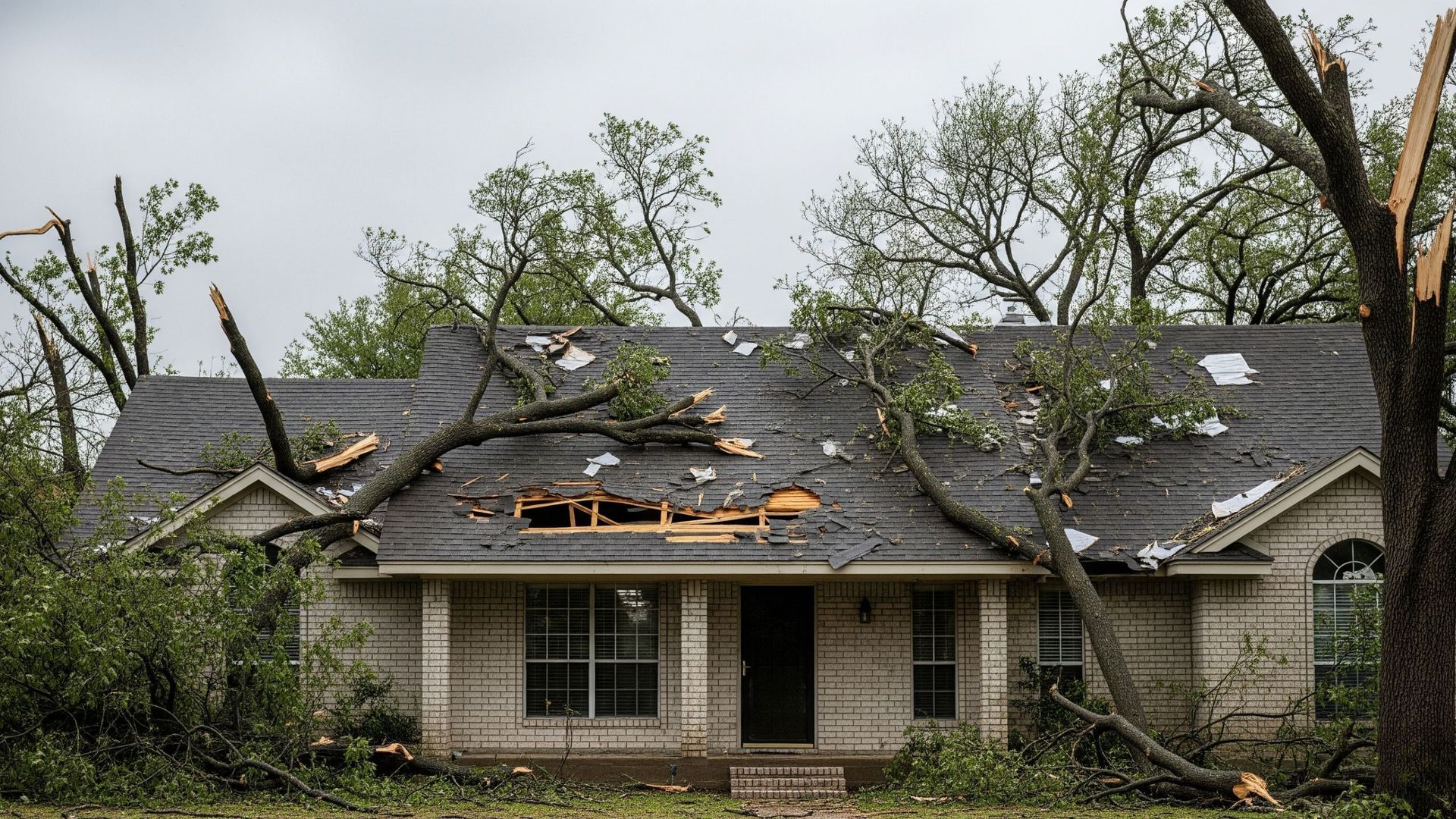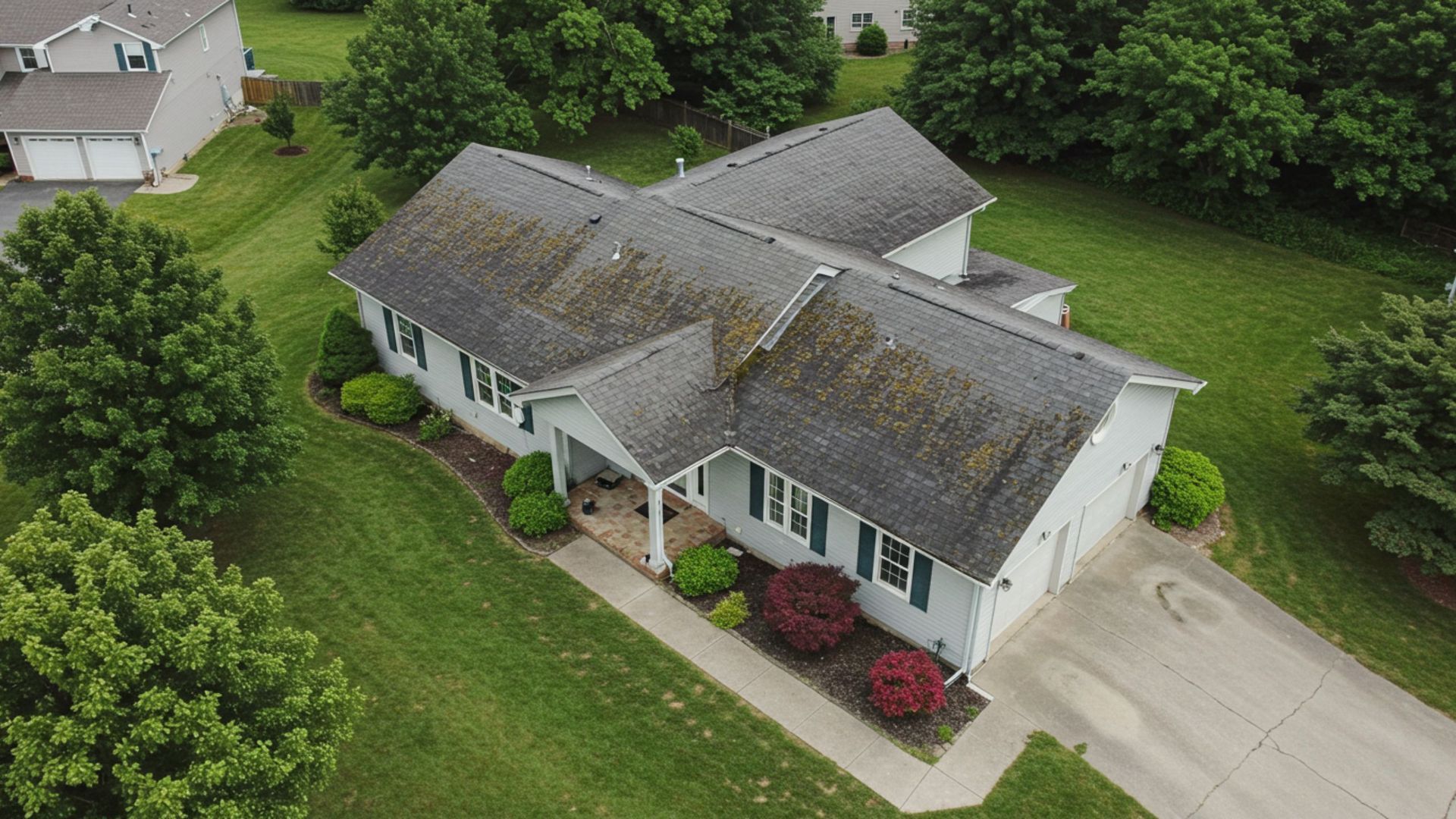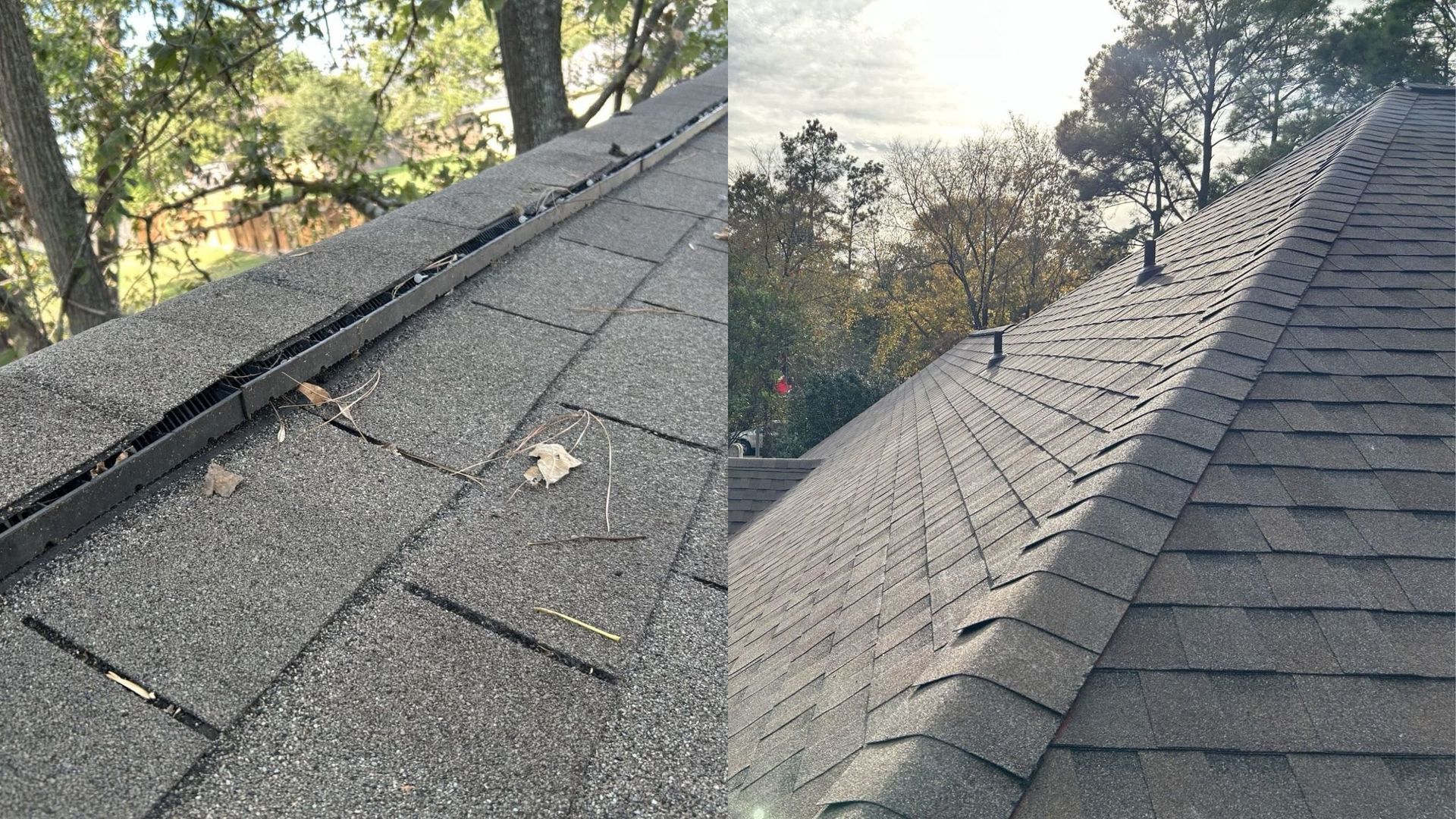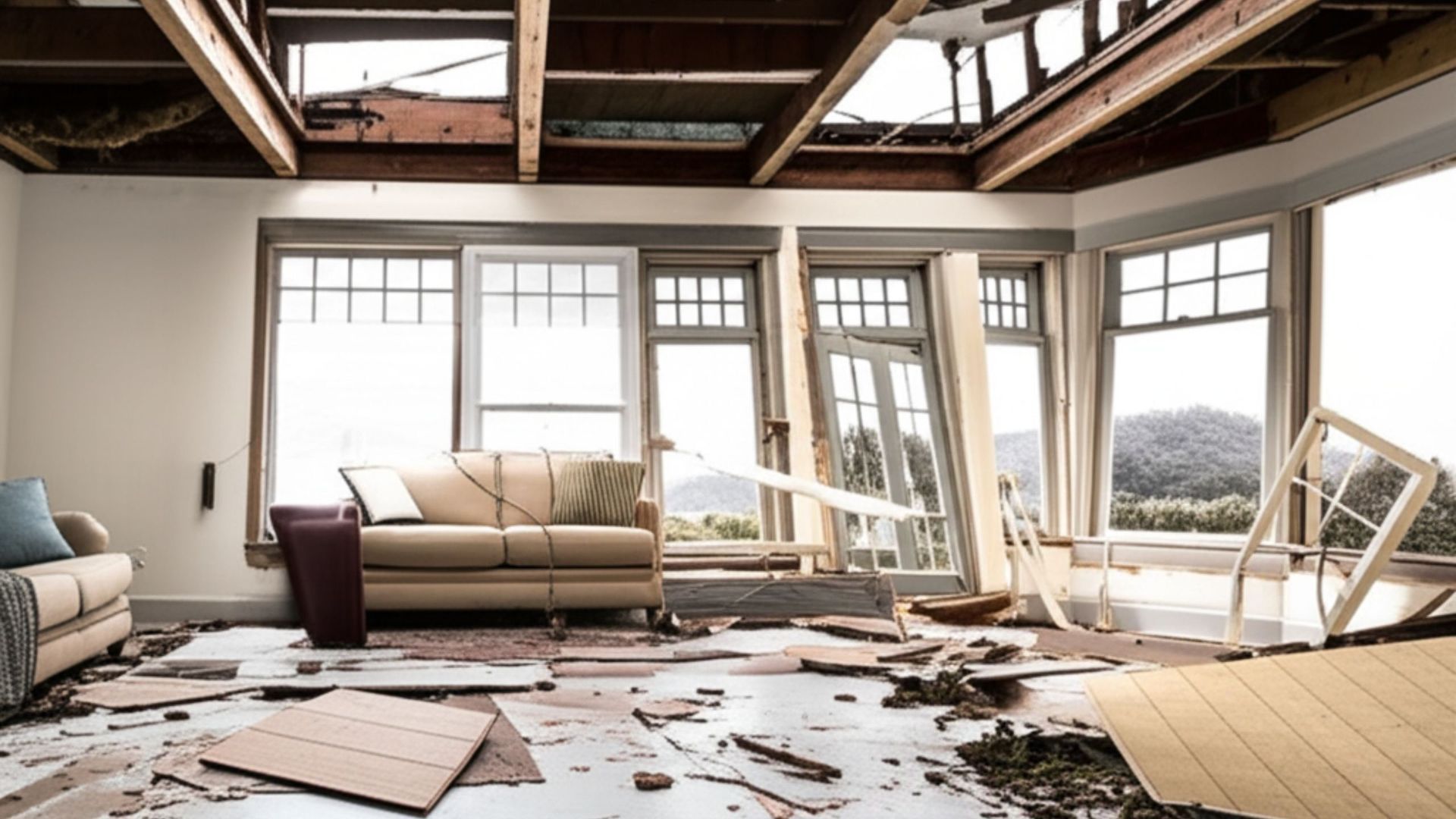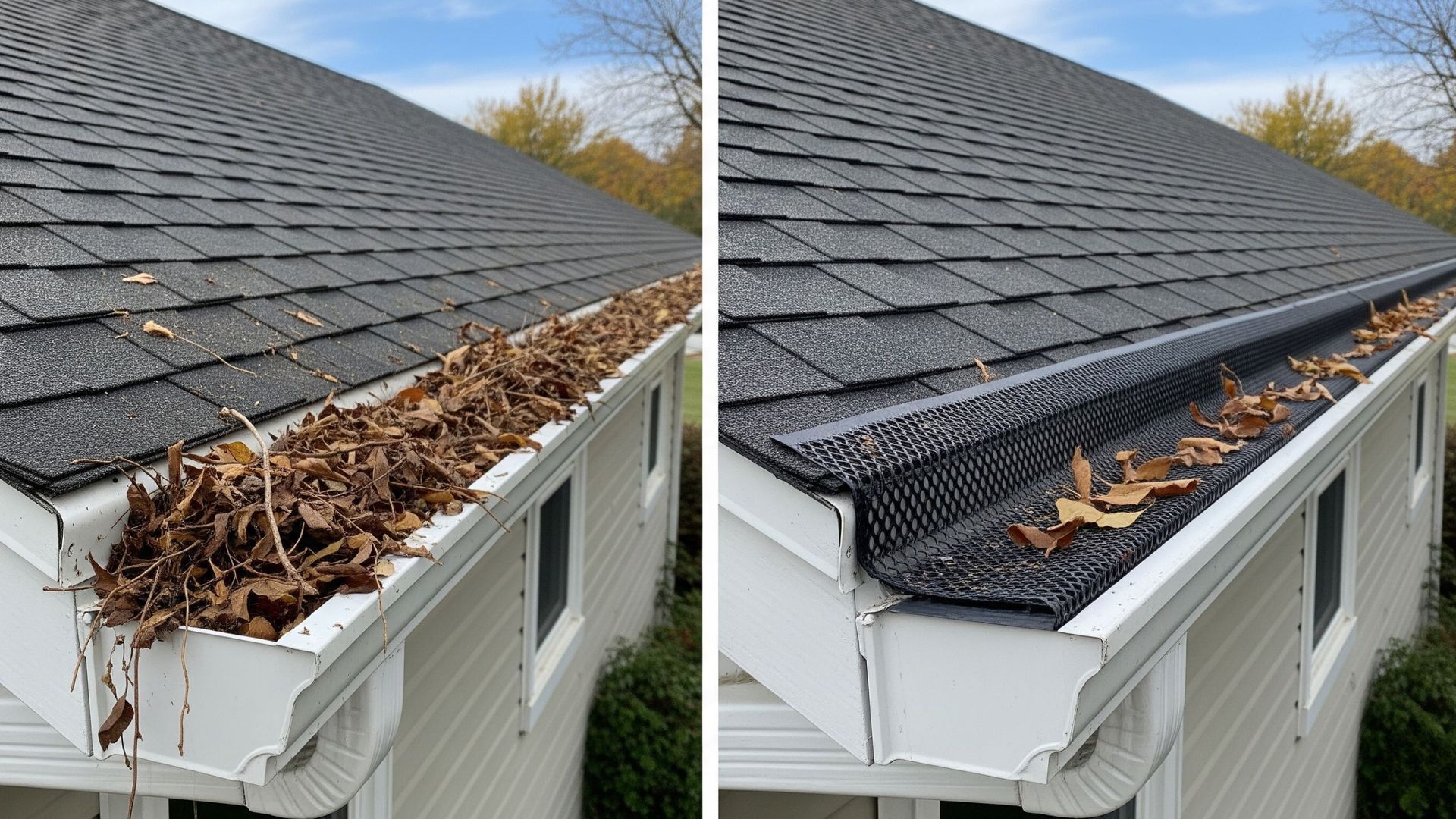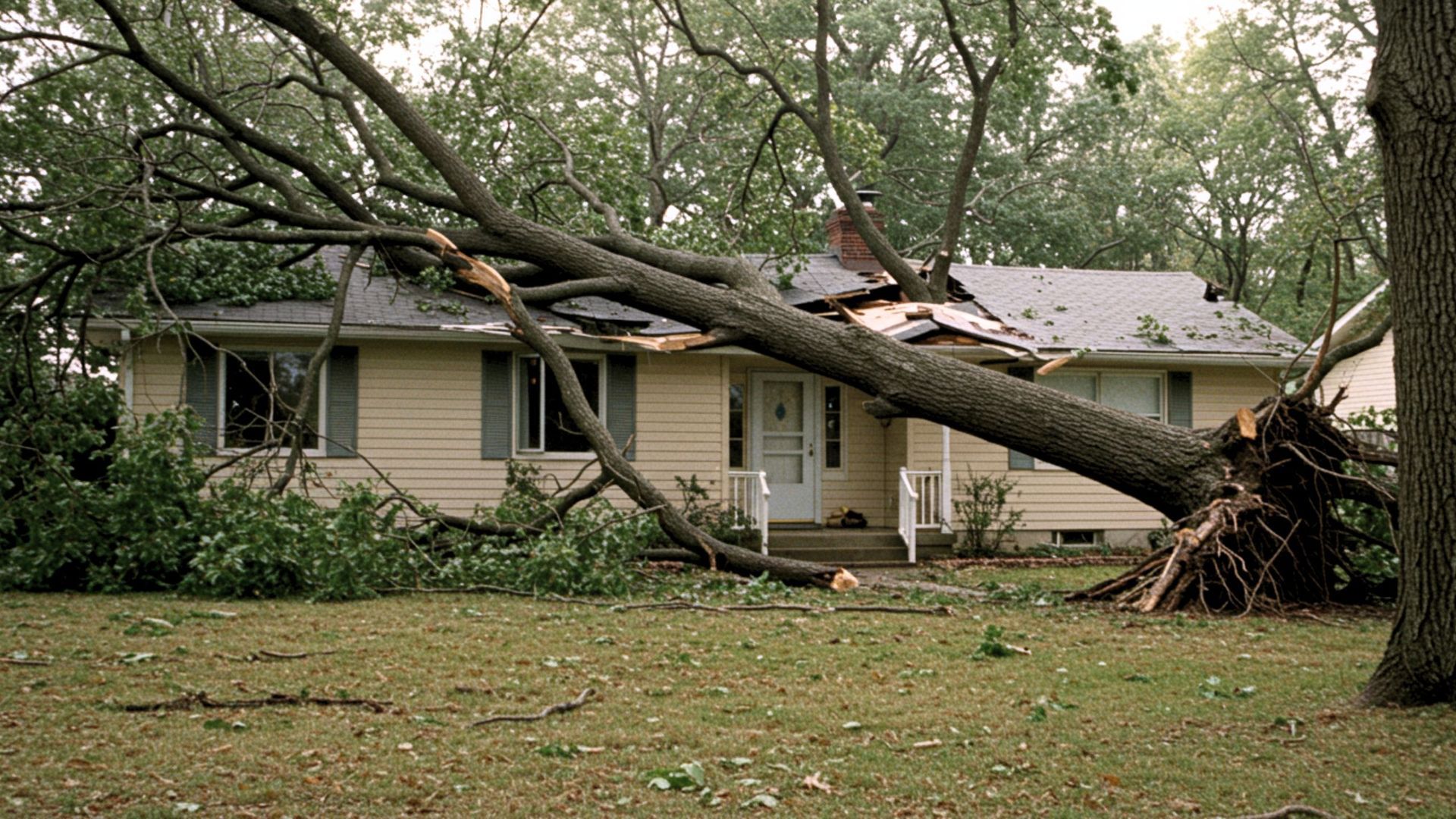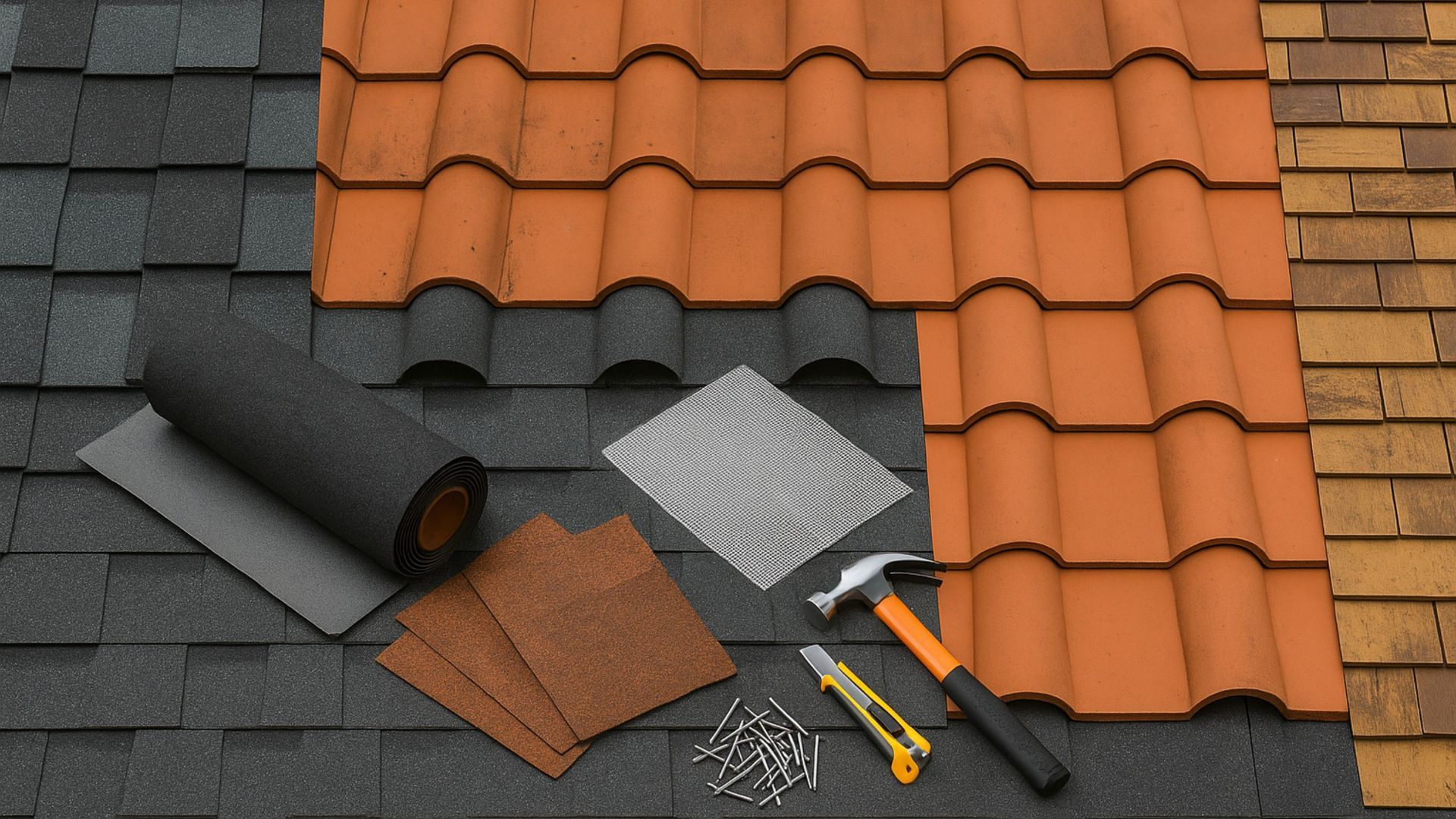How Often Should You Replace Your Roof in Texas?
Living in Texas means enjoying warm weather, but it also means dealing with intense sun, hail, heavy rain, and the occasional hurricane.
These conditions can wear down your roof faster than in other states. So, how often should you replace your roof in Texas? The answer depends on the material, weather exposure, and maintenance.
Typical Roof Lifespans by Material
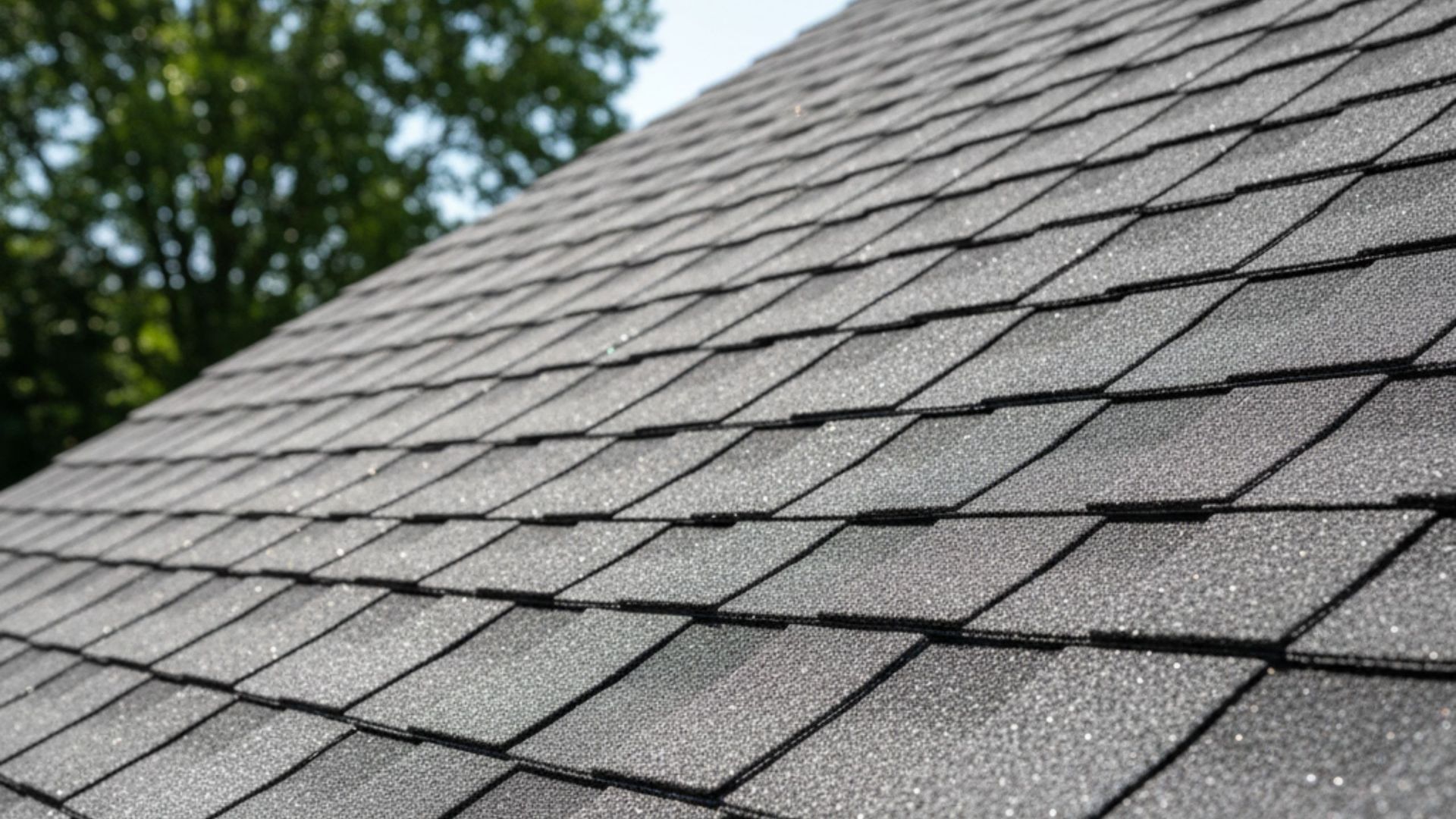
Not all roofs age the same. Here's what homeowners can expect based on the most common materials:
- Asphalt Shingles (3-tab): 15–20 years
- Architectural Shingles: 20–30 years
- Metal Roofing: 40–70 years
- Tile or Slate Roofing: 50+ years
These numbers assume regular maintenance and no major storm damage. In Texas, roofs may need replacing sooner, especially after hailstorms or hurricanes.
Signs It’s Time to Replace Your Roof
Here are red flags that your roof may be nearing the end of its life:
- Curling, cracking, or missing shingles
- Granules piling in gutters
- Water stains on ceilings or walls
- Roof leaks after storms
- Sagging rooflines
- Visible daylight in your attic
Even if your roof isn’t leaking, these signs suggest it’s time for a full inspection.
The Texas Climate Factor
Another common reason for shingle discoloration is the accumulation of organic debris, such as leaves, pine needles, or dirt, especially in valleys or around chimneys.

The Texas Climate Factor
Texas weather accelerates roof wear. Here’s how:
- UV Exposure: Constant sun breaks down shingles, especially on south-facing slopes.
- Storm Damage: High winds, hail, and falling debris can compromise your roof instantly.
- Humidity and Rain: Moisture can lead to mold, rot, and soft decking.
That’s why proactive roof inspections are crucial in Texas, especially after major weather events.
When Should You Replace It?
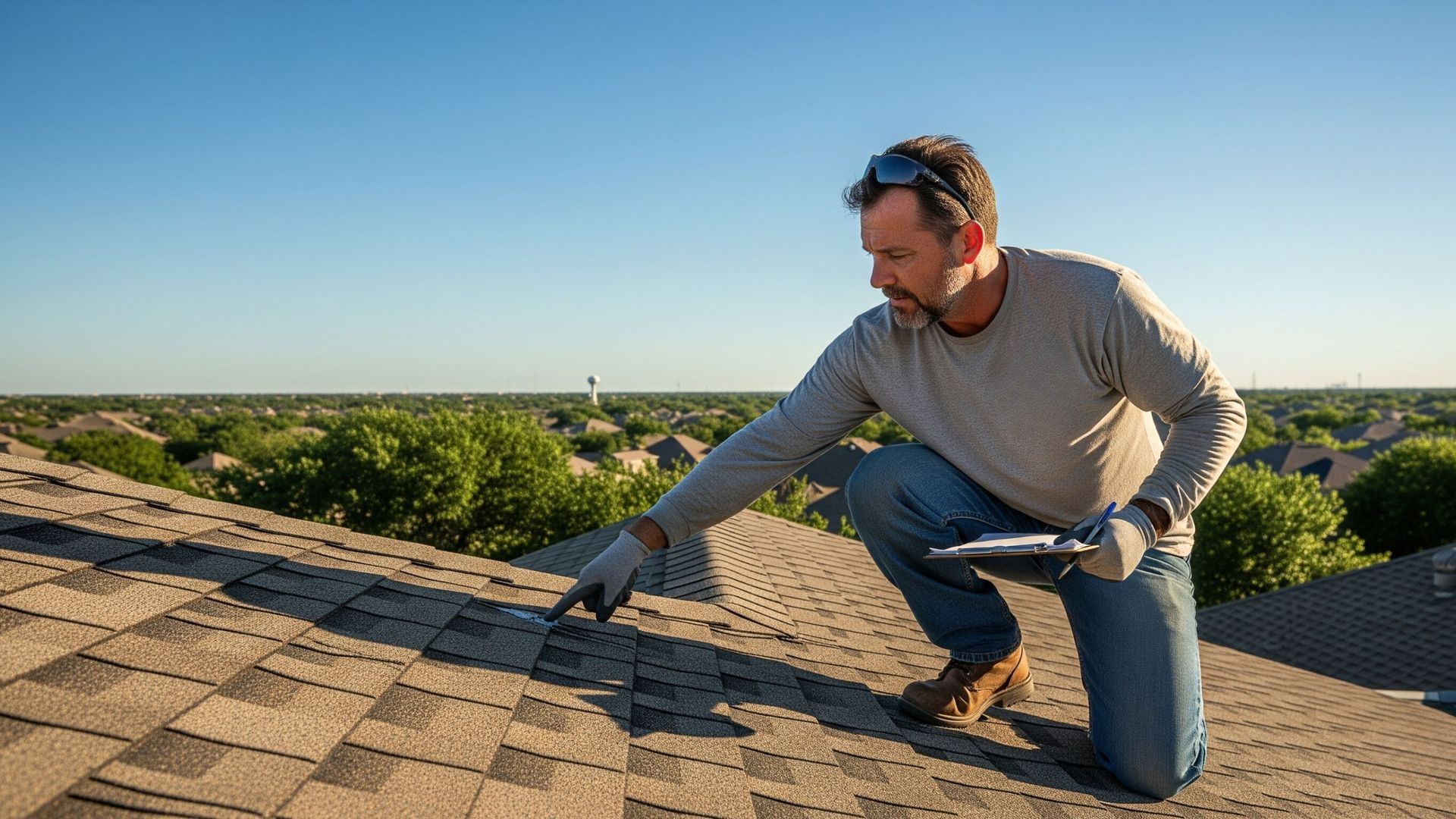
Most Texas homeowners consider roof replacement every 15–25 years. But if your home is exposed to frequent storms or if you've had multiple repairs in the past five years, it might be time sooner.
Planning ahead means avoiding emergency repairs — and possibly saving money with insurance claims after storms.
What If You're Not Sure?
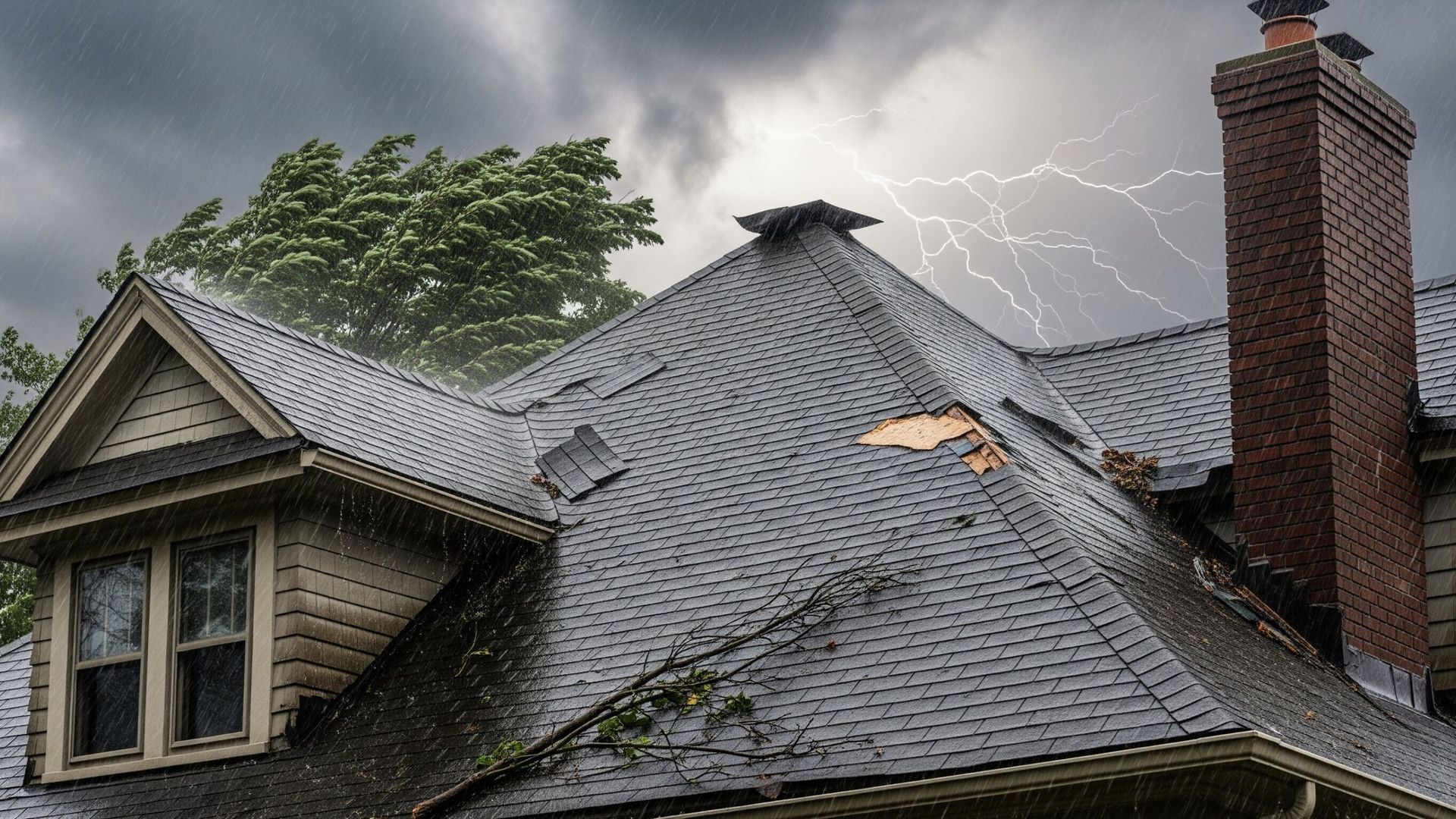
Get a professional roof inspection. At TrustWorks Construction, we inspect not only shingles but also underlayment, flashing, vents, and gutters. A proper evaluation helps determine if your roof still has life left — or if it’s better to replace now before bigger issues arise.

